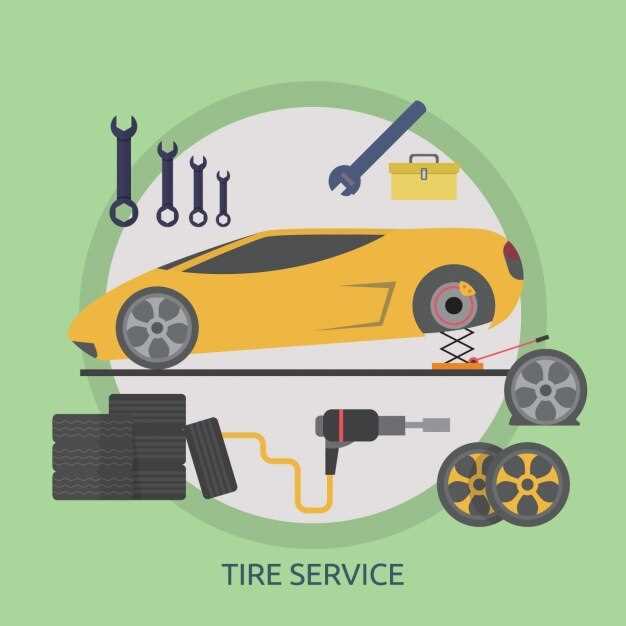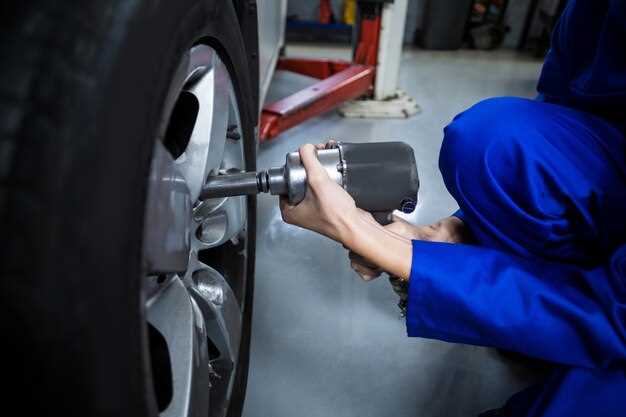How to maintain your car’s suspension system

Your car’s suspension system plays a crucial role in ensuring a comfortable and safe ride. By absorbing shocks from the road and keeping the tires in contact with the surface, the suspension system enhances vehicle stability and handling. Regular maintenance of this system is essential not only for performance but also for prolonging the life of your vehicle.
Ignoring the signs of suspension wear can lead to more significant issues down the line, including compromised safety and costly repairs. Ensuring that your suspension system is in optimal condition will greatly improve your driving experience, making every journey smoother and more enjoyable. In this article, we will explore effective tips for maintaining your car’s suspension system and keeping your ride as smooth as possible.
Routine Inspections: Key Signs Your Suspension Needs Attention

Regular inspections of your vehicle’s suspension system are essential for ensuring quality performance and safety. There are several indications that may signal your suspension needs attention. Being aware of these signs can help prevent more extensive damage and costly repairs.
1. Uneven Tire Wear: If you notice that your tires wear unevenly, this can be a clear indicator of suspension problems. Check for bald spots or pronounced wear on one side, which may suggest issues with alignment or suspension components.
2. Excessive Bouncing: A well-functioning suspension should absorb shocks effectively. If your vehicle bounces excessively after hitting a bump, this may indicate that shock absorbers or struts are worn out and need replacement.
3. Pulling to One Side: When driving straight, if your car tends to pull to one side, it could be a sign of a suspension imbalance. This requires immediate attention as it can affect handling and safety.
4. Difficulty Steering: A suspension system in poor condition can make steering feel heavy or unresponsive. If you notice that your car feels sluggish when steering, it may be time for a thorough suspension inspection.
5. Strange Noises: Listen for unusual noises such as clunks, squeaks, or rattles while driving over bumps. These sounds often indicate worn or damaged suspension components that require prompt evaluation.
6. Vehicle Sagging: If one corner of your vehicle appears lower than the others, it might be a sign of a failing spring or shock absorber. This asymmetry can negatively impact ride quality and handling.
Conducting routine inspections and addressing any issues promptly can significantly enhance your vehicle’s performance and longevity. Pay attention to these warning signs to maintain a safe and comfortable driving experience.
Choosing the Right Time for Suspension Repairs and Upgrades
Maintaining a car’s suspension system is crucial for ensuring safety and overall driving comfort. Recognizing the appropriate moments for repairs and upgrades can greatly enhance the quality of your vehicle’s performance. Here are some key points to consider:
- Signs of Wear and Tear: Regularly monitor your vehicle for specific symptoms indicating suspension issues, such as:
- Unusual noises while driving, like clunking or rattling.
- Excessive bouncing or swaying during turns.
- Uneven tire wear patterns.
- Difficulty maintaining control on rough roads.
Addressing these signs promptly can prevent further damage and ensure your car’s suspension operates efficiently.
- Scheduled Maintenance: Incorporate suspension checks into your regular vehicle maintenance schedule. Recommended intervals include:
- Every 50,000 miles for a detailed inspection.
- After driving on rough or uneven terrain.
This proactive approach allows you to identify potential problems before they escalate.
- Upgrades for Enhanced Performance: Consider timing upgrades based on personal driving habits and preferences. Ideal situations for upgrades include:
- Planning to increase towing capacity or off-road use.
- Experiencing frequent bottoming out or instability.
- When replacing aging components for overall performance improvement.
Investing in quality suspension components during such times can greatly enhance driving experience and safety.
In conclusion, being vigilant about your car’s suspension system and making repairs or upgrades at the right time can significantly improve quality, comfort, and vehicle longevity. Regular checks, timely repairs, and strategic upgrades will ensure your suspension stays in optimal condition.
How Proper Tire Maintenance Affects Suspension Performance

Maintaining your tires is crucial for enhancing the overall performance of your vehicle’s suspension system. Proper tire maintenance directly influences the quality of your ride, as well as the longevity of suspension components.
Tire pressure plays a significant role in suspension effectiveness. Low tire pressure can lead to increased tire wear and can cause the suspension to work harder to maintain stability, resulting in a rougher ride. Conversely, overinflated tires can reduce the contact patch with the road, leading to loss of traction and poor handling characteristics.
The condition of your tread also impacts suspension performance. Worn or uneven tread can create instability, forcing suspension components to compensate for the lack of grip. This compensation can lead to excessive wear on parts such as shock absorbers and struts, ultimately affecting ride quality.
Regular rotation and alignment of tires ensure even wear, which is essential for balanced suspension performance. Misalignment can cause tires to wear unevenly and can lead to poor handling characteristics, further stressing the suspension system.
In summary, proper tire maintenance is essential for optimal suspension function. By ensuring correct tire pressure, maintaining proper tread depth, and performing regular rotations and alignments, you can enhance your vehicle’s ride quality while prolonging the life of its suspension system.

